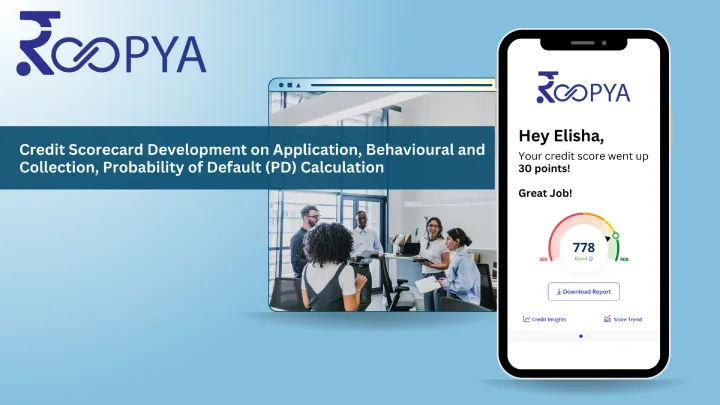| 1. Data Collection |
Collect historical financial data of borrowers. |
Collect data from credit bureaus, loan applications, including payment history, credit utilization, income, employment status. |
| 2. Variable Selection |
Identify relevant variables (predictors) for the scorecard. |
Select variables like age, income, payment history, number of open accounts, total debt, etc., based on their predictive power. |
| 3. Data Preprocessing |
Clean and preprocess the data to handle missing values, outliers, and categorical variables. |
Impute missing values, normalize income levels, encode categorical variables like employment status into numerical values. |
| 4. Variable Transformation |
Transform variables to ensure they have the right predictive relationship with the outcome. |
Apply logarithmic transformation to skewed variables like income, or create binary variables for categorical data. |
| 5. Sample Splitting |
Split the dataset into training and validation sets. |
Use 70% of the data for training the model and 30% for validation. |
| 6. Model Building |
Develop the statistical model using the training dataset. |
Use logistic regression to predict the probability of default based on the selected variables. |
| 7. Model Validation |
Validate the model’s performance on the unseen validation dataset. |
Calculate metrics like Area Under the Curve (AUC), accuracy, precision, and recall on the validation set. |
| 8. Score Calculation |
Calculate scores for each individual by applying the model. |
Generate a credit score for each borrower, where a higher score indicates a lower risk of default. |
| 9. Cut-off Determination |
Establish score cut-offs for different risk categories. |
Set score thresholds for low, medium, and high risk, e.g., scores above 700 indicate low risk, between 500-700 medium risk, and below 500 high risk. |
| 10. Implementation |
Use the scorecard for real-world credit decisions. |
Apply the scorecard to evaluate new loan applications, determining interest rates and loan amounts based on calculated risk. |
| 11. Monitoring and Updating |
Regularly monitor the scorecard’s performance and update it with new data. |
Periodically reassess the model with new borrower data and adjust variables or weights as needed to maintain accuracy. |




